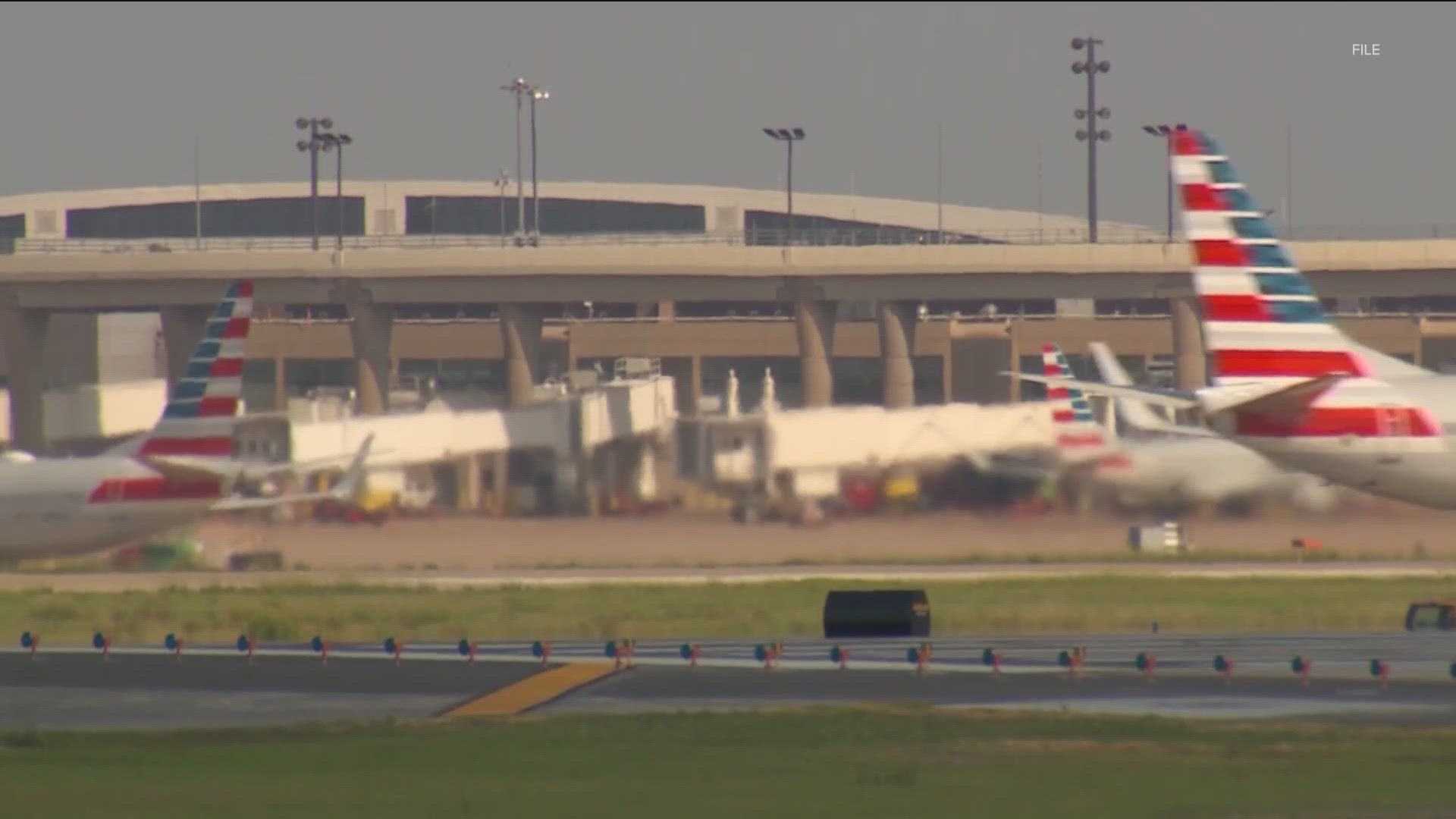AUSTIN, Texas — Coming off a slew of near-misses and multiple deaths at Austin's airport, all eyes are on safety and what's being done. The airport is working on a new program aimed at both increasing safety and reducing congestion on the tarmac.
Sitting on the tarmac, waiting for a gate: It can be common for passengers at Austin-Bergstrom International Airport (AUS).
"We always get here a little bit early, but we're constantly waiting out. I don't know what it's called, but we're waiting out there at least like 10 minutes, 15 minutes for our gate to be cleared," said Sara Nieto, an Austin traveler.
What Nieto is referring to is called the apron, or the ramp. It's any area between the runway and gates where planes may be parked, loaded and unloaded, refueled, boarded or maintained.
As of now, there is no fixed entity monitoring that activity at Austin's airport. That's what the new program aims to change.
The Ramp Control Program will use different technology, cameras and human oversight to monitor activity in that area, which has not been managed since the airport's creation in 1999.
The goal is to target two major issues: safety and taxi time delays.
At other airports, like the Dallas Fort Worth International Airport, airlines monitor the ramp. But there's no hard and fast rule for who has to manage them.
"The Ramp Control Program really allows for on the ground navigation, helping our air traffic controllers know where the planes are, where they're headed," Councilmember Vanessa Fuentes (District 2) said.
Fuentes represents the area that covers the airport. She said with two recent deaths on the tarmac involving ground vehicles and close calls in the air, this program is a must.
"We've had nearly five near-misses, and these are planes that nearly collided with each other. And to me, that is extremely concerning and troublesome," Fuentes said.
She said the city council continues to work closely with federal lawmakers to urge the Federal Aviation Administration (FAA) to increase staffing at Austin's airport. But for now, creating this ramp program is a step in the right direction.
"For airports our size, they have this level of service, this level of technology. And so, really, it's about making sure that as our city grows, as our airport expands, that we're keeping up-to-date with the infrastructure that we need," Fuentes said.
Austin's Aviation Department is already staffing the new interim Ramp Control Program to launch it as soon as possible, and it will work on a more permanent program in the months to come.

